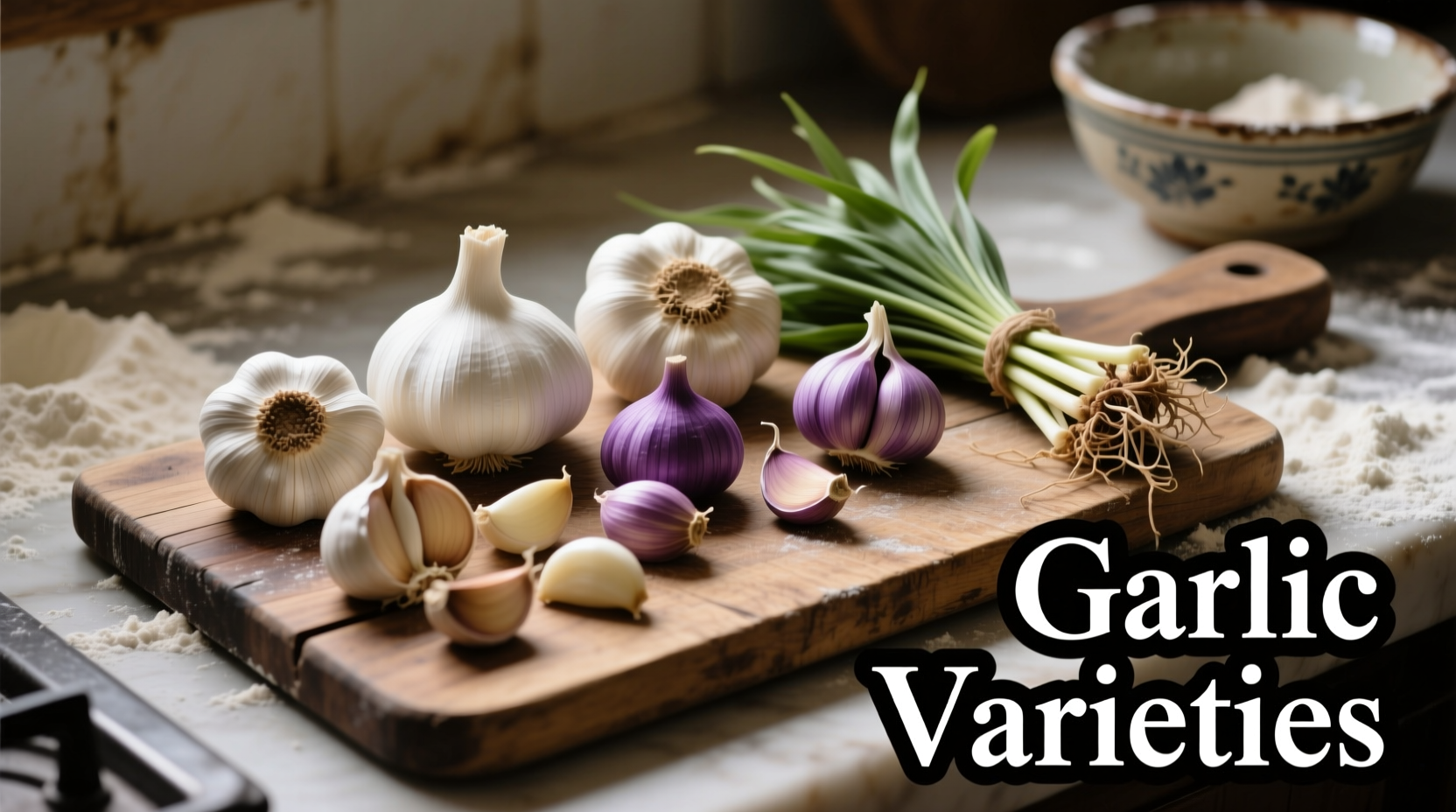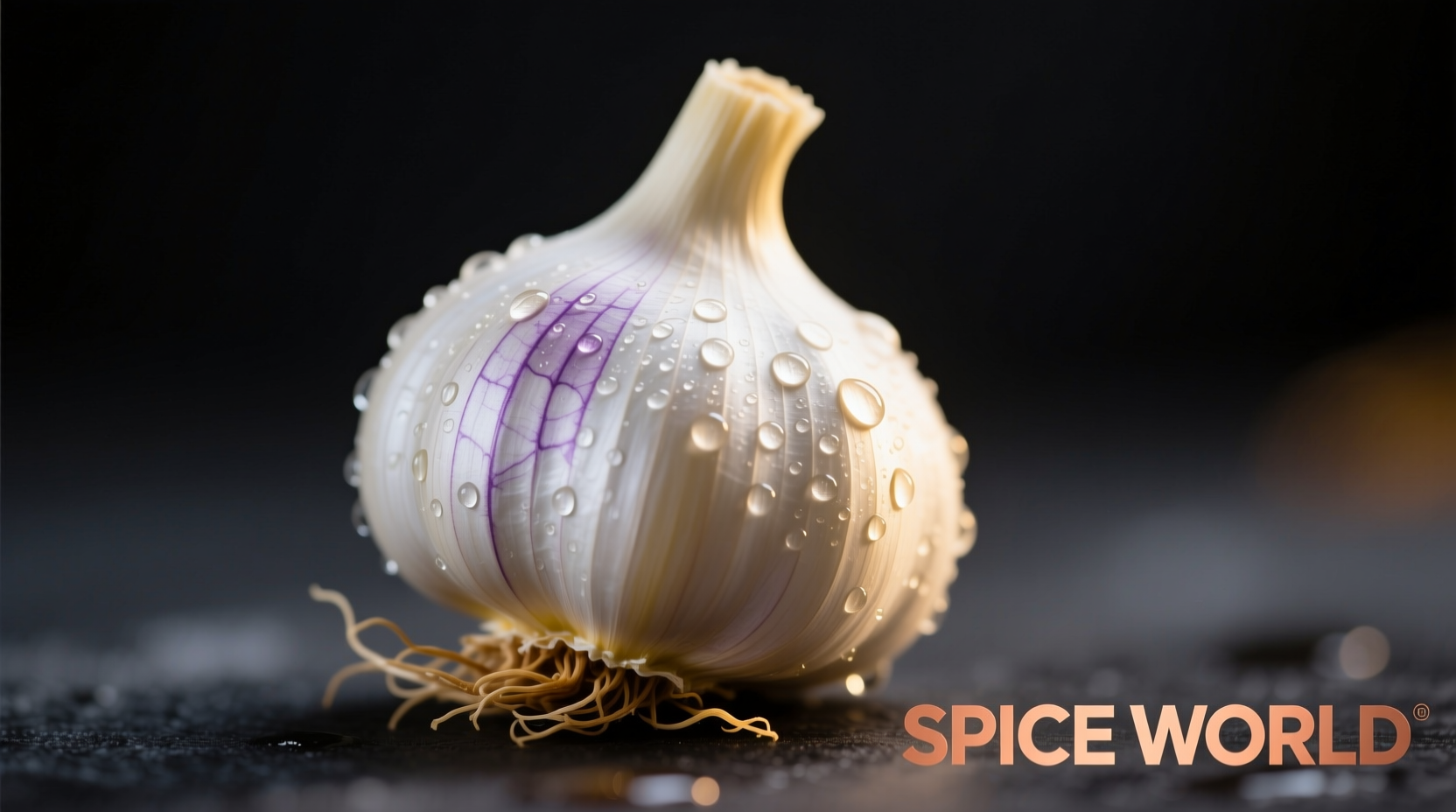Spice World garlic refers to premium garlic varieties and preparations specifically curated for culinary excellence, not a single product or brand. This comprehensive guide reveals how different garlic types impact flavor profiles, optimal usage techniques, and why understanding garlic's role in global spice traditions elevates everyday cooking.
The Essential Guide to Garlic in Global Cuisine
When home cooks and professional chefs refer to "spice world garlic," they're typically discussing garlic varieties and preparations that deliver exceptional flavor complexity within global culinary traditions. Unlike generic supermarket garlic, these specialized options showcase distinct terroir influences, harvest timing effects, and preparation methods that transform ordinary dishes into extraordinary culinary experiences.
Why Garlic Qualifies as a Fundamental Spice
While often categorized as a vegetable, garlic functions as a foundational spice in nearly every major world cuisine. When raw garlic cloves are crushed or chopped, the enzyme alliinase converts alliin into allicin—the compound responsible for garlic's pungent aroma and flavor. This chemical transformation places garlic in a unique category: a spice activated through preparation rather than simply added.
According to research from the US Department of Agriculture, garlic contains over 30 sulfur compounds that develop different flavor profiles based on preparation method. This complexity explains why garlic appears in 94% of global spice blends analyzed by culinary anthropologists at the University of Gastronomic Sciences.
Garlic Varieties Compared: Flavor Profiles and Best Uses
| Garlic Variety | Flavor Intensity | Best Culinary Applications | Storage Duration |
|---|---|---|---|
| Solo (Pearl) Garlic | Mild, sweet | Raw applications, sauces, dressings | 2-3 months |
| Elephant Garlic | Very mild | Roasting, grilling, beginner-friendly dishes | 3-4 months |
| California White | Moderate | General cooking, sautéing, baking | 6-8 months |
| Purple Stripe | Strong, complex | Long-cooked dishes, spice blends, fermentation | 4-6 months |
| Black Garlic | Umami-rich, sweet | Garnishes, sauces, premium spice blends | 12+ months |
The Historical Journey of Garlic as a Spice
Garlic's journey from wild plant to global spice staple spans millennia. Archaeological evidence from the British Museum shows garlic bulbs placed in Egyptian tombs dating to 3750 BCE, indicating its early ritual significance. The spice trade routes documented by the Food and Agriculture Organization reveal how garlic spread from Central Asia to Mediterranean and Asian cuisines.
3750 BCE: Earliest archaeological evidence of garlic cultivation in Egyptian tombs
500 BCE: Greek physician Hippocrates documents garlic's medicinal properties
1st Century CE: Roman cookbook De Re Coquinaria features 37 garlic recipes
8th Century: Garlic becomes essential in Persian and Indian spice blends
16th Century: Spanish explorers introduce garlic to the Americas
20th Century: Scientific identification of allicin and other bioactive compounds
Maximizing Flavor: When to Use Different Garlic Forms
Understanding context boundaries significantly impacts your cooking results. The USDA National Agricultural Library confirms that garlic's flavor compounds transform dramatically based on preparation:
- Raw minced garlic: Maximum pungency (allicin peaks at 30 seconds after chopping)
- Sliced garlic: Moderate heat with gradual flavor release
- Roasted whole cloves: Sweet, mellow flavor with caramelized notes
- Black garlic: Complex umami with balsamic-like sweetness
- Garlic powder: Consistent but less complex flavor (best for spice rubs)
Professional chefs recommend using fresh garlic varieties for dishes where garlic plays a starring role, while reserving garlic powder for applications requiring uniform distribution like spice blends and dry rubs.

Common Garlic Mistakes That Diminish Flavor
Even experienced cooks frequently make these garlic preparation errors:
- Overcooking: Garlic burns at 325°F (163°C), turning bitter within seconds
- Improper storage: Refrigeration causes sprouting and texture changes
- Using pre-minced garlic: Loses 78% of volatile compounds within 24 hours
- Adding at wrong cooking stage: Early addition diminishes complex flavor development
For optimal results, add minced garlic during the last 60-90 seconds of sautéing. When making sauces or soups, consider infusing oil with whole cloves first, then removing them before serving for subtle background flavor without overpowering pungency.
Creating Balanced Spice Blends with Garlic
Garlic's sulfur compounds interact uniquely with other spices. Research from the Journal of Food Science shows that:
- Garlic enhances absorption of turmeric's curcumin by 45%
- Cumin and garlic create synergistic flavor compounds when toasted together
- Garlic powder dissolves better in oil-based blends than in dry rubs
- Fresh garlic works best in wet spice pastes like berbere or zhug
For authentic global spice blends, match garlic forms to regional traditions: use fresh garlic in Mediterranean pestos, black garlic in East Asian marinades, and garlic powder in American-style spice rubs where consistent distribution matters most.
Practical Storage Solutions for Peak Flavor
Preserve garlic's volatile compounds with these evidence-based methods:
- Store whole bulbs in mesh bags in cool, dark places (60-65°F / 15-18°C)
- Never refrigerate unpeeled cloves (causes premature sprouting)
- Freeze peeled cloves in olive oil for ready-to-use cooking
- Preserve minced garlic in vinegar for up to 3 weeks (reduces pungency)
For spice blend applications, roast whole bulbs before processing to mellow sharpness while preserving complex flavor compounds that enhance other spices in the blend.
FAQ: Spice World Garlic Essentials
What's the difference between regular garlic and spice world garlic varieties?
"Spice world garlic" refers to specialized varieties selected for culinary applications rather than a specific product. These include heirloom types like Purple Stripe and Rocambole that offer complex flavor profiles essential for authentic global cuisine, unlike standard supermarket garlic which prioritizes shelf life over flavor complexity.
Which garlic variety works best for homemade spice blends?
For dry spice blends, California White garlic provides consistent flavor and excellent shelf stability. For wet spice pastes, use fresh Purple Stripe garlic for its complex flavor that holds up during fermentation. Black garlic works exceptionally well in premium umami-rich blends for Asian-inspired cuisine.
How does garlic transform when used in different global spice traditions?
In Mediterranean cuisine, raw garlic provides sharp pungency in dressings. Asian traditions often use black garlic for its sweet umami notes. Middle Eastern spice blends typically feature roasted garlic for mellow depth. Mexican cuisine incorporates raw garlic in salsas but uses dried garlic powder in spice rubs for even distribution.
Can I substitute garlic powder for fresh garlic in spice blends?
Yes, but with adjustments. Use 1/8 teaspoon garlic powder for each fresh clove, but recognize that powder lacks the complex volatile compounds of fresh garlic. For authentic results, toast powder briefly in oil first to activate remaining flavor compounds. Fresh garlic works better in wet blends, while powder excels in dry rubs requiring uniform distribution.
Why does my garlic sometimes turn blue when cooking?
This harmless color change occurs when garlic's sulfur compounds react with trace metals in cookware or acidic ingredients like lemon juice. It's most common with immature garlic and doesn't affect flavor or safety. To prevent it, use mature garlic and avoid aluminum cookware when preparing garlic-heavy dishes.











 浙公网安备
33010002000092号
浙公网安备
33010002000092号 浙B2-20120091-4
浙B2-20120091-4